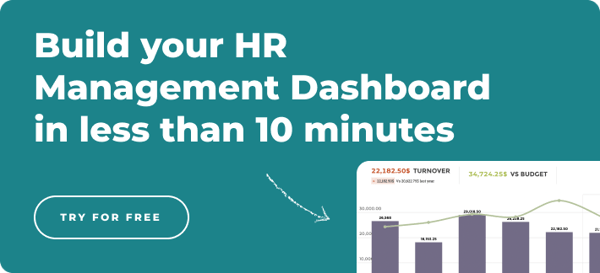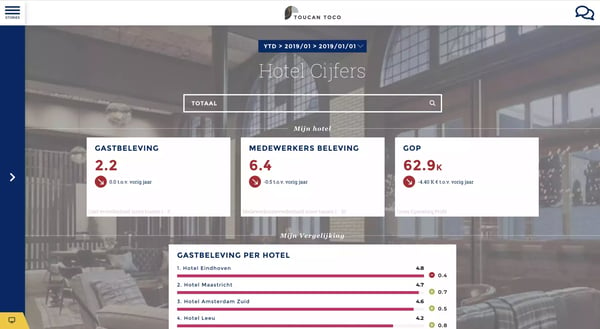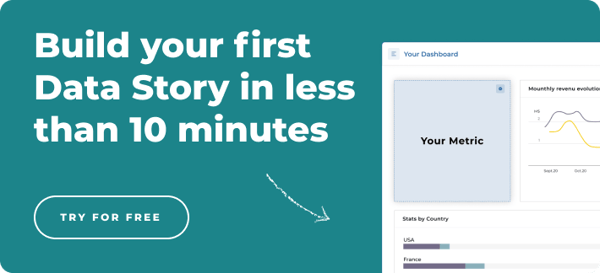
The hospitality industry experienced its biggest nightmare to date from 2020-2022: COVID-19. The uncertainty of future demand, bankruptcy due to travel bans, a drastic decline in reservation all contributed to a costly decline in revenue. With many locations lifting restrictions, we believe that great data-driven opportunities for the hotel industry exist and can be exploited easily if the correct tools are leveraged. Hotels that make use of these opportunities will improve:
- Guest satisfaction
- Operational efficiency
- Profits
Doing so will secure an important competitive advantage, especially with governments acting to live with COVID-19, rather than resorting to complete lockdowns.
This article explores the data science opportunities for both independent hotels and hotel chains in different areas of the hotel business which include:
- Customer satisfaction (via review analysis)
- Food & beverage (F&B)
- Revenue management
- Dynamic room pricing
- Hotel property management
We highlight some specific use-cases within these departments which we think are low-hanging fruit and are quite easily exploitable. The use-cases described in this article are certainly not exhaustive, but very well reflect the extent to which opportunities are present within the hotel industry.
Review analysis – Natural Language Processing
The amount of user-generated content (UGC) exploded since the worldwide adoption of the internet. Prior research showed that UGC is very important for driving demand for experience goods. This is especially the case in the hotel industry, where huge amounts of UGC in the form of online reviews on hotels and travel destinations have been increasingly produced by consumers. Research showed that one of the most popular online activities is searching for travel-related information and that consumers are highly being influenced by hotel reviews in making travel decisions.
All this underlines the importance of exactly knowing what guests write about your hotel(s) and the underlying sentiment with which they write. Surprisingly though, not many hotels are tapping into the valuable information these reviews hold. At most, the reviews are being analyzed by a simple text-analysis algorithm (such as the one from Booking.com), which is, of course, valuable, but does not reveal all valuable information that is included in these reviews.
We think that data storytelling can be of great help here, by discovering patterns and extracting useful insights from various written resources (in this case mostly reviews) by making use of natural language processing (NLP) techniques. Here are some of the specific aspects that data storytelling could extract from reviews:
- Seasonal differences in hotel reviews,
- Specific aspects that hotel guests appreciate most (and least) of specific hotels
- How to improve these aspects
By making use of data science techniques to analyze hotel reviews, the management of hotels would enable themselves to act more quickly and more specific to trends in guests’ needs and wants, and by doing so quickly improving overall guest satisfaction. Furthermore, hotel chains can discover general trends about the likes and dislikes of specific hotels, and how these can be leveraged or changed positively. Text analysis on more than 100,000 guest reviews, showed that guests appreciate different aspects of a hotel very differently between seasons. For example, the location of a hotel was found to be much more important during the high season. On the other hand, the level of service and facilities was deemed more important in the low season. Being aware of these kinds of guest insights, allows a hotel to react more appropriately to guests’ needs, and increases guest satisfaction by doing so.
Revenue Management – forecasting and price optimization
Now, let’s explore one of the most important things that drive room revenue in the hotel industry: revenue management. The hotel industry has a long history with all sorts of room pricing strategies. Even though data-driven room pricing is a known practice for some hotels (hotel chains), most hotels that apply revenue management and dynamic pricing today rely on old, complicated, and technically deficient legacy systems.
Revenue managers making use of these systems often have to update room prices manually, in all different kinds of systems and web portals. This is a time inefficient and fault-sensitive task, which also limits the speed and agility with which prices can be updated. Furthermore, most prices are updated based on simple metrics such as “the demand on the same day last year” and the “pick-up” (number of bookings for a specific date made in a specific time window).
Although this approach works to some extent, modernization of current revenue management strategies into data-driven, flexible revenue management and dynamic pricing will boost room revenues, ADR (average daily rate), and RevPAR (Revenue Per Available Room). Data Science techniques can help to properly forecast demand and propose hotel room prices that maximize ADR as well as occupancy. Accurate forecasts of demand can be made by leveraging multiple internal data sources (pick-up, demand last year, guest segments, hotel and room characteristics, etc.) as well as multiple external data sources. Armed with an accurate forecast of demand, a pricing algorithm can be implemented that also automatically updates prices and ensures rate parity (making sure the same price is offered on all channels).
This approach also frees up time for the revenue manager to concentrate on in-depth analyses, as the revenue manager has to worry less about all manual tasks and receives good pricing suggestions from the algorithm. Next to this, grouping guests into specific data-driven segments, each with its own pricing characteristics, can further optimize pricing strategies.
Take for example the following, simplified, scheme

The Data Science Lab approach to a data-driven revenue management strategy
It should not come as a surprise that the above situation is not the reality for most hotel chains, let alone independent hotels. We believe that the first step to implement a data-driven, flexible, and self-updating optimized revenue strategy should not be that big of a step especially not with the right expertise.
F&B department – menu engineering and clustering guests
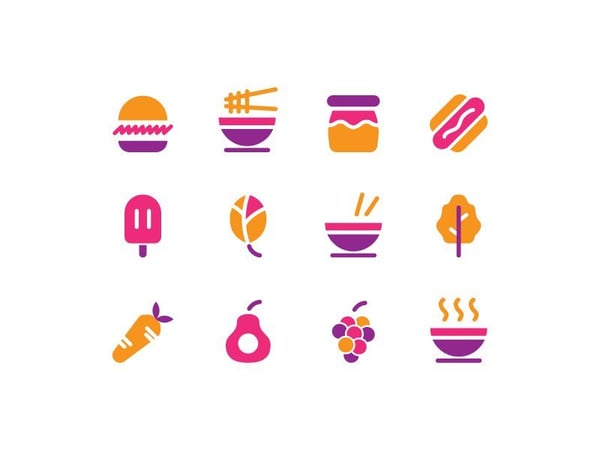
Another important playing field in the hotel industry is food and beverage (F&B). While the core business of most hotels is maximizing room sales, optimizing F&B sales can be an important additional stream of revenue. Due to POS (Point Of Sale) systems, which are present most of the time in F&B outlets, most F&B departments are quite “data-rich”. Due to this data richness of F&B departments, data science techniques can help to quickly increase F&B revenue streams for hotels.
In-restaurant purchase behavior of guests is stored in these POS systems. Analyzing this data can help to create a data-driven menu that is more profitable and yields considerable savings in F&B procurement. These data-driven menus can be further specified to certain guests segments, addressing segment-specific behavior. Applying these data-driven techniques results in a new menu that boosts profit, while at the same time more specifically answering different guests’ needs.
Identifying which type of customer is most likely to spend a lot in F&B outlets can yield significant results. Performing a simple, data-driven, clustering of guests based on average F&B spend and other guest features can identify future guests that may be spending much on F&B. Identifying these guests upfront enables:
- Management to take specific actions in targeting these guests in various ways (and thus increase their F&B spending).
- Direct increase in F&B revenue, it is highly possible that these specific
- Guests feel their (F&B specific) needs are better served
- Ensuring a future F&B revenue stream from these returning guests
Greatly reducing F&B waste, which often happens during (large) banqueting events, is another example where data science (and to start: simple analysis) can be of help. Analyzing banqueting data and the associated waste of food per event can help predict:
- Future F&B demand per banqueting
- The amount of F&B needed at a specific point in time
- An optimal inventory in which waste is minimized
Facility/Real Estate management
Data science can also improve property management and maintenance efficiency, as well as increase the effectiveness of refurbishment decisions. Properly maintaining a hotel property is very important its status is directly linked to its services and guest satisfaction, and high costs may be associated with the maintenance of hotel properties.
Maintenance is often organized in a very responsive manner or completely set in stone (refurbishments every 15 years). Neither of these methods gives room for flexibility or innovative, cost-reducing solutions. If hotel management seeks more efficient, smarter maintenance practices, then data-driven solutions can help.
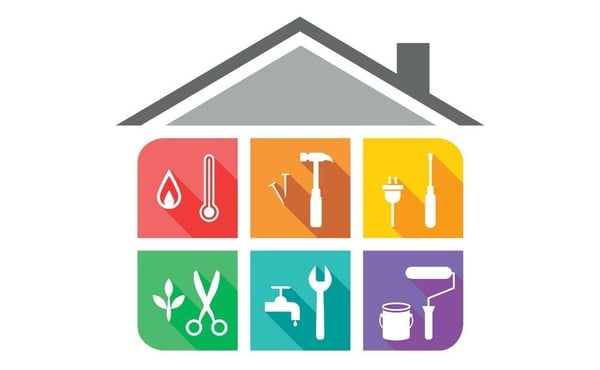
Analytical models can be built using historical maintenance data of one property (or several properties), which can help predict when specific parts of the hotel require maintenance. Accurately predicting exactly when certain maintenance tasks need to be performed can help improve efficient maintenance scheduling and decrease costs while doing so. Using historical maintenance data to make predictions in the long term can also help to build a proper multi-year maintenance plan. Undertaking preventive maintenance tasks, instead of merely reacting to occurred deficiencies reported by hotel guests or staff, could cause hotel guests to notice fewer flaws and deficiencies, which in turn can improve overall guest satisfaction.
Data science can also help increase the effectiveness of refurbishment strategies by investigating the relationship between guest satisfaction and specific sorts of refurbishments. Analysis can show that specific refurbishment efforts directly increase guest satisfaction and incremental revenues (for example replacing the carpet in rooms with laminate flooring) and that other maintenance efforts have no, or insignificant effect (for example replacing doorknobs). Knowing this, supported by data-driven reports, helps management in deciding which refurbishments to do, and which not. Executing this data-driven refurbishment strategy cuts costs where possible and maximizes the return on investments made.
How to get there?
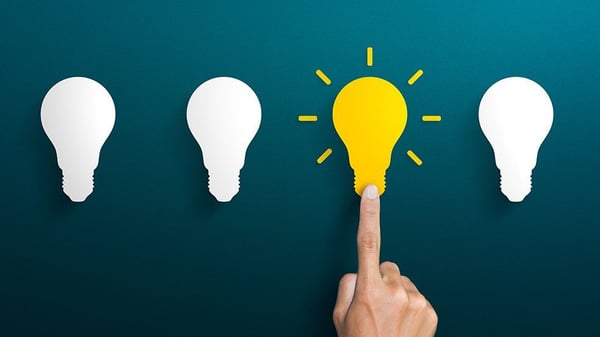
So far, this all sounds promising, but how can hotels actually achieve this data-driven mindset and practical applications? At Toucan we believe that innovation occurs one step at a time. Identifying a problem or business case to solve (for example: analyzing reviews thoroughly and extracting insights to improve guest satisfaction) is always the first step, focusing only on this specific case. The next thing to do is build a data lake, or, as an intermediate step, identify, clean, and, store useful data in a reproducible way.
Quickly building a first prototype is the next, and probably most important, step. A prototype solution (or showcase) of the business case in scope can quickly show results. These results can either be promising or not; both cases are valuable. If the results are promising, we keep developing the prototype until it’s a full-grown data science solution. If the results are not promising, we start the process again with another use-case or, if this seems promising beforehand, another approach for the same use-case. This (agile) approach ensures continuity and results while maintaining maximum flexibility. In short, this approach means that we focus on delivering value to the business quickly and build on it incrementally, while it also prevents us lingering for too long on non-rewarding use-cases or solutions.
Conclusion
The use-cases presented in this article are only a small portion of what is possible with today’s techniques. With the growing amount of data in the travel industry (hotels specifically), combined with ever-demanding guests and fierce competition, we are convinced that data science can help sustain competitive advantage, especially after the COVID-19 pandemic. We believe that this does not have to be hard. Our approach is focusing on one factor at a time, combining the relevant data expertise to solve problems from an analytical perspective. This will quickly yield results: more revenue, fewer costs, or higher guest satisfaction.


